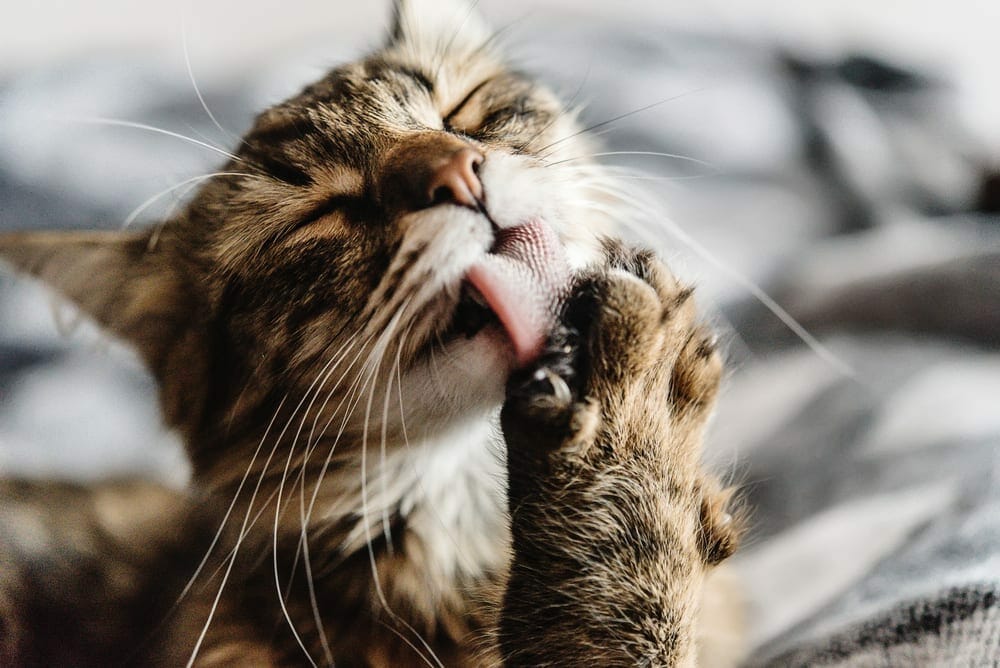
Whiskers – What’s that all about?
Pet Insurance Australia takes a look at the important role whiskers play in our pet’s life alongside some interesting facts about their impressive facial hair.
Some are super long, or super short. Some are curly or straight, while others are an incredible mass of regal beauty. WHISKERS.
One thing is for sure, all pets have whiskers! This complex coarse-hair plays a very important role in helping our companion animals understand the world around them. Just like human babies using their hands and mouth to feel and explore, our pets use their snout and whiskers.
FUN FACT
Did you know the real name for your pet’s whiskers is vibrissae or tactile hairs!
Canine Whiskers – WOOF!
Let’s take a closer look at the vibrissae of your canine companion. Research suggests that these impressive little hairs can do much more than just collect food, mud and water.
They play a vital role in your dog’s sensory experience. According to a research, your dog’s vibrissae or tactile hairs have a wide range of functions including;
- Allowing your dog to understand the space they are in
- Exploring the world around them
- Receptors of important information
- Food acquisition
- Pretty attack
- Facial expression and communication between species
- Dispersion of pheromones
- Maintaining head position while swimming
- Environmental monitoring – think wind direction on land
Many scientists also believe that the whiskers on your dog can help them determine the speed and size of an object, and even how far away it is. This might be the reason dogs are so good at catching objects! They can also help your dog in the dark to ‘see’ certain objects and feel the vibrations of movement – cue warning bark!
FUN FACT
Whiskers are also found above your pet’s eyes! Cats and dogs also have whiskers on their ears, legs and jaw.
What About Cats?
For our feline friends, their whiskers play a slightly different role. One thing is certainly more obvious, the sheer size. Have you ever noticed that the bigger the cat, the bigger the whiskers? This is because cats use their whiskers to determine how big their body is! In other words, by sticking their head into a hole you cat’s whiskers will tell them if their bodies will actually fit, or if they will most certainly get stuck!
A cat’s whiskers are also a good way to tell if they are stressed or feeling relaxed. If a cat is uncomfortable or not happy their whiskers will be flat across their faces, while a fountain of yawning whiskers indicates your kitty is content. Pushed out whiskers? Your cat is feeling feisty and might be getting ready to pounce!
Whiskers help your cat understand the world around them and if there is anything they should be concerned about (cue the neighbour’s big dog). Their whiskers ‘feel’ vibrations in the air that help your feline friend ‘see’ in the dark, this is why cats are such good predators. Cats are also far-sighted, so your felines whiskers help them position their prey when up close. Next time you play with your cat, take note of the role their whiskers play before they finally catch their toy.
FUN FACT
At the base of each of these important course hairs is a follicle packed with nerves allowing the whiskers to send sensory messages direct to your pet’s brain. Whiskers are also rooted much deeper in the skin to allow more nerve connection. This can make them super sensitive.
Do you have a ‘what’s that all about’ question? Comment in this post and we’ll do the research for you. Don’t miss our next What’s That All About blog, where we take a look at why our pets have tails.
Get the latest Pet Insider Tips & News
We offer award-winning* pet insurance policies to protect your furry friend’s health and wellbeing. Get a quote today and give your pets the care they deserve.
Archives
Categories
- Cat Care (64)
- Cats (1)
- Dog Care (124)
- Guides (28)
- Health and Nutrition (200)
- Lifestyle and Activities (219)
- Media Release (24)
- Pet Care (246)
- Rescue Dogs (1)

